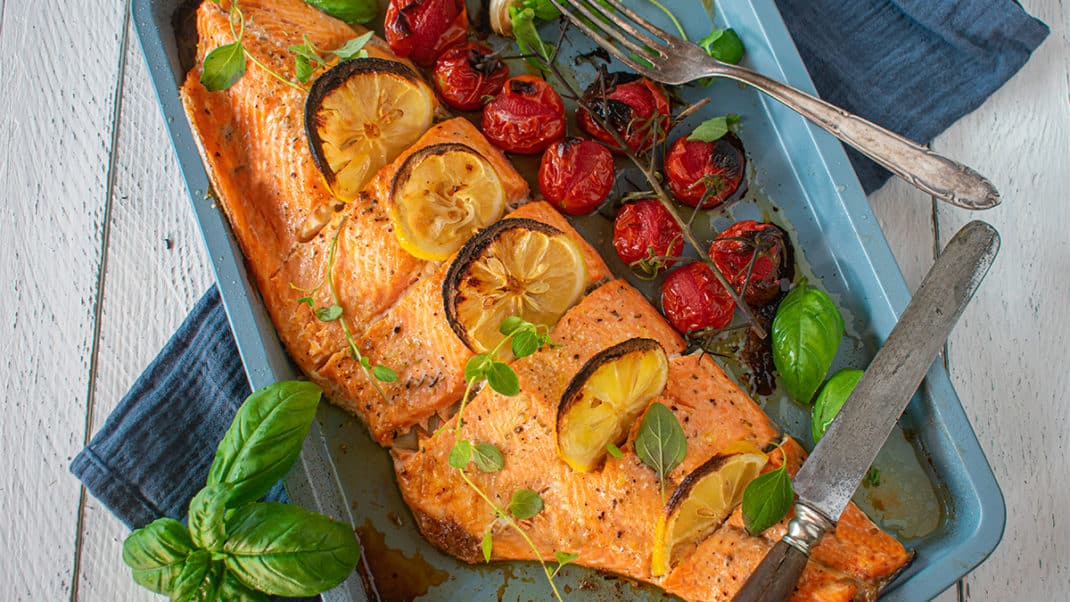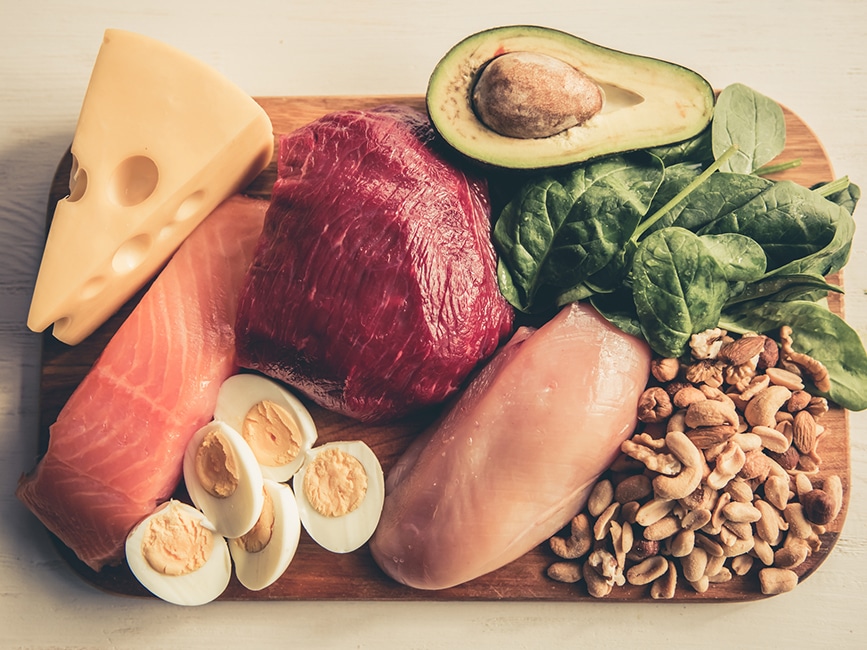carob
Health-conscious chocolate lovers take note: carob can be a satisfying alternative to chocolate with a nutritional profile to match. With hints of cocoa and coffee, caffeine-free carob has its own unique taste but manages to impart a chocolate flavor in many recipes. Plus, carob is virtually fat free and is lower in calories and higher in fiber than cocoa. Because carob is naturally sweet, less sugar is required than in chocolate-based recipes.
History. Carob is also known as St. John’s bread, or locust bean, since the “locusts” that Saint John the Baptist ate while traveling in the desert were thought to be carob pods (Matthew 3:4), although Biblical scholars now dispute this claim. The carob tree has flourished in the eastern Mediterranean region for more than 4,000 years. This area continues to supply much of the world with carob. Although Spanish explorers brought the carob tree to Southern California, residents generally consider the drought-resistant trees ornamental rather than a food source. The carob pods grow on evergreen trees and look similar to broad beans in color and shape. The green pods slowly mature into a dark, glossy brown. Inside the pods are 10–13 beans or seeds, which are often roasted for use as a coffee substitute. The pods are harvested, then roasted whole and ground to create carob powder.
Health Benefits. Carob is high in protein and has twice as much calcium as cocoa—and, unlike cocoa, carob does not contain oxalic acid, which interferes with calcium absorption. Carob is low in sodium and an excellent source of copper, manganese, potassium and magnesium. High levels of vitamins A, B2, B3 and B6 are found in carob. The tannins in carob contribute to its health benefits. Because the tannins are not water soluble, they attach to and neutralize toxins and inhibit the growth of bacteria. The large sugar molecules in carob absorb water, acting as a thickener. Research indicates that carob is a good remedy for diarrhea. Migraine sufferers can safely enjoy carob, since it is free of phenylethlamines, the compound in chocolate that triggers the headaches.
How to Use. Carob is available at health stores and most large grocery stores as a powder, baking chips, bars and syrups. Use it the same way you’d use cocoa and chocolate chips. Substitute 1:1 with cocoa powder in recipes and reduce the sugar by 20% to accommodate for carob’s sweetness. Or try using half carob and half cocoa powder in your next recipe. The mild flavor of carob pairs well with other spices, like cinnamon, peppermint and coffee.
To make a hot carob drink, combine 1 cup of milk or milk substitute with 1 tablespoon carob powder, 1 tablespoon honey and 1/2 teaspoon vanilla. Gently heat to desired temperature and pour into cup to enjoy.
Or try this month’s “Recipe for Health” and treat yourself and your Valentine to a decadent—and healthy—fudge. —Sarah Kruse
Sarah Kruse is a freelance writer and a former senior editor for IDEA Fitness Journal. She is a certified natural chef.
Sandy Todd Webster
For 22 years, Sandy Todd Webster was the chief architect of IDEA's content program - including the award-winning IDEA FITNESS JOURNAL and IDEA FOOD & NUTRITION TIPS - the industry's leading resources for fitness, wellness and nutrition professionals worldwide. She created, launched and nurtured these brands and many others during her productive and purposeful IDEA tenure. Sandy is a Rouxbe-certified professional plant-based cook and a Precision Nutrition Level 1 Coach who is pursuing a Master's degree in Sustainable Food Systems through The Culinary Institute of America (expected August 2024). She plans to combine these passions with her content expertise to continue inspiring others to make the world a more just, healthy and regenerative place.






